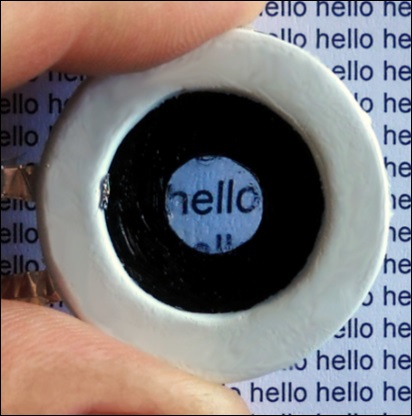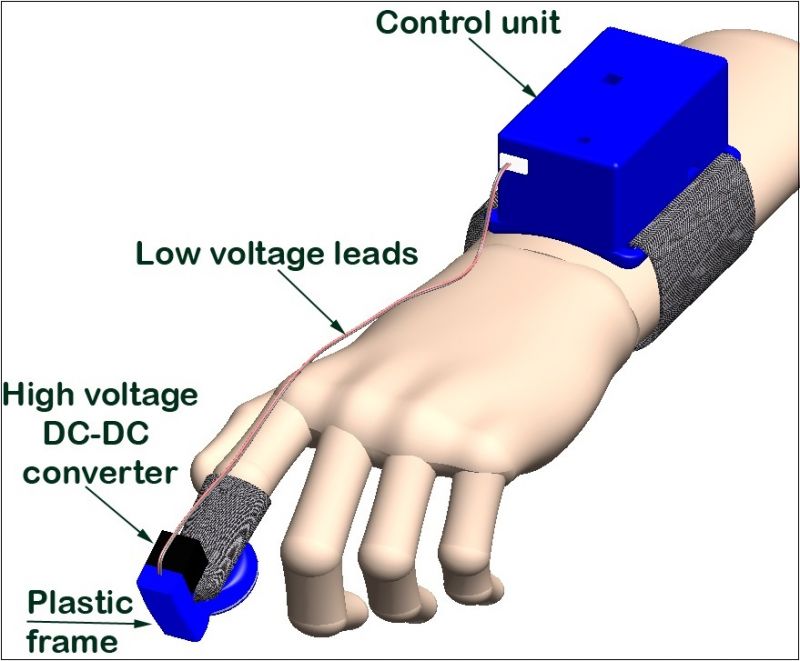Dr Federico Carpi
PhD
Research Impact
Electrically tuneable optical lensesDr Carpi's group are developing electrically tuneable optical lenses made of dielectric elastomer actuators as high-performance electromechanically active polymer transducers. Watch a video of a prototype at https://www.youtube.com/watch?v=WgvHBYZNQBo |
|
Wearable soft tactile displays for virtual interactions with soft bodiesDr Carpi's group are developing wearable, soft, compact and lightweight tactile displays able to mechanically stimulate the fingertip of users, so as to simulate contact with soft bodies in virtual environments. The devices are made of dielectric elastomer actuators, as high-performance electromechanically active polymers, with a highly-innovative and unique configuration. Watch a video of a prototype at https://www.youtube.com/watch?v=qT1UJZgOjMQ |
|
Standards for dielectric elastomer transducersDr Carpi's group have coordinated the preparation and publication of the first standards for dielectric elastomer transducers within the field of smart materials made of electromechanically active polymers. The standards are available here: http://iopscience.iop.org/article/10.1088/0964-1726/24/10/105025 |
|
Public Engagement - Bringing smart materials to the art and design communityWith the project "PauseInMotion", funded by Queen Mary College, Dr Carpi's group are aimed at bringing cutting-edge smart materials to the art and design community, providing an opportunity to understand these materials and their potential. This is achieved via an artistic installation based on a particular type of electromechanically active polymer transducers, known as dielectric elastomer actuators. In this project, these smart materials are used to build biomimetic robotic butterflies that mimic resting dynamics of migrating butterflies, which travel long distances and rest together in swarms. “PauseInMotion” expresses not only a pause between locations mid-migration, but also a pause on the continuum between the natural and technological worlds. Many butterflies with a body entirely made of smart materials are gently and silently moving their wings, like butterflies resting. The contrast between the realistic movement of the robotic butterflies and their plastic construction showcases the beauty and potential of smart materials, and the way that engineering research is inspired by – and evolves to imitate – nature (biomimicry). |
|





